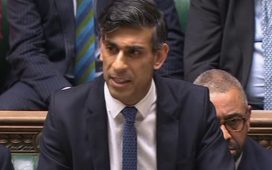The revised Brexit deal announced yesterday by Boris Johnson is the result of compromises on both sides. The EU has agreed to amend the Withdrawal Agreement negotiated by Theresa May, and Johnson has conceded that different rules will apply in Northern Ireland and the rest of the UK.
Here, in brief, are the main differences between the two deals:
What has changed
- The new deal does not include the Irish backstop, which would have meant that the UK would have remained in the EU customs union unless an alternative deal superseded it.
- Under the new plan, the UK (including Northern Ireland) will leave the customs union and Northern Ireland will remain in the UK customs territory.
- But some goods travelling from mainland Britain to Northern Ireland will be taxed as if they were travelling to the EU. Companies will be able to claim a refund if they can prove that the items remained in Northern Ireland.
- Northern Ireland will diverge from the rest of the UK and follow EU single market rules and VAT rates on goods. The last two measures remove the need for a hard border on the island of Ireland while reassuring the EU that its customs border will be secure – but led the DUP to withdraw its support for the deal.
- The new system will apply until at least 2027. A vote in the Northern Ireland Assembly will determine whether it is extended further.
What remains the same
Most of the withdrawal agreement is untouched, including:
- the UK’s commitment to settle its outstanding budget obligations, initially estimated at £39bn
- protection for the rights of EU citizens living in the UK and of UK citizens living in the EU
- a transition period in which existing EU rules will apply to the whole of the UK until the end of next year.













